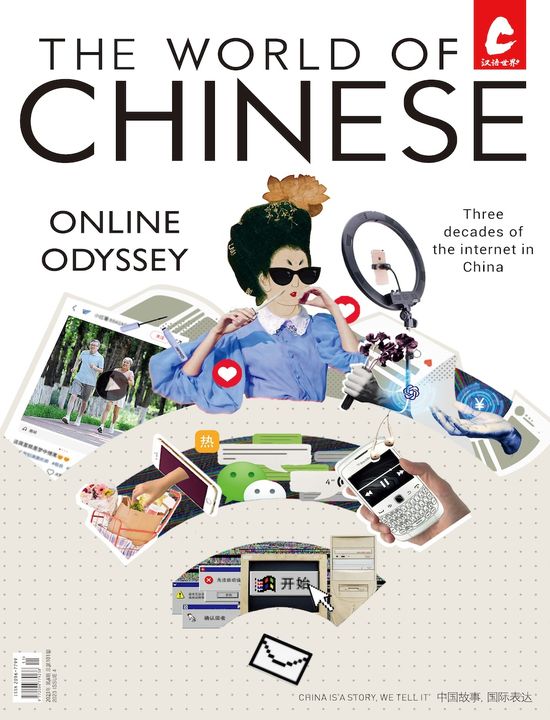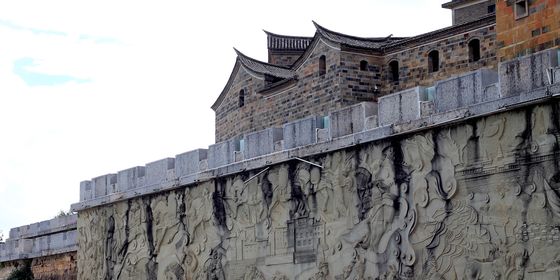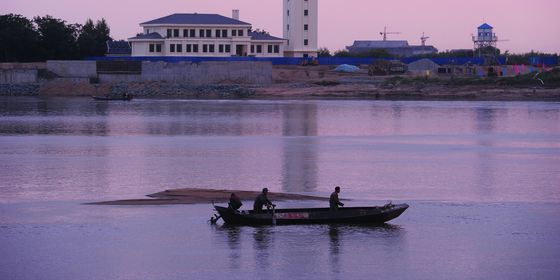Lüshun’s history of colonial entanglement attracts visitors looking for stunning photo backdrops, but its story is difficult to tell
Lüshun Railway Station no longer teems with passengers and cargo, and since 2014, no whistles from trains have punctuated the stillness at what was once the southern terminus of the South Manchurian Railway, the lifeline of three empires that jockeyed for control of China’s Northeast.
Yet arriving on a September morning in 2021, I am surprised to see a gaggle of fashionably dressed women posing in front of the gabled entrance. Rebuilt in 2005 according to its original Russian design, the station’s exotic yellow walls crisscrossed with white timbering, slanted green roofs, ornate white cornices underneath, and a domed tower with a cupola overlooking the rails are regularly featured on “top photo-taking destination” lists for the city of Dalian, Liaoning province, on Instagram-like app Xiaohongshu.
Located in the port of Lüshunkou, now a district of Dalian 50 kilometers from the city center, the Russian-built station has been central to the great power struggles that left visible marks on the cultural and architectural heritage of the region. For millennia, this northeastern territory was mostly the periphery of Chinese empires, but in the second half of the 19th century, the Russian and Japanese empires both began to extend their influence on the border regions of the Qing dynasty (1616 – 1911). Because of its excellent harbor, ice free in winter, and its strategic location at the tip of the Liaodong peninsula guarding the Bohai Sea, Lüshun became a hotly contested spot between the three powers.
In 1895, after the Qing dynasty lost the First Sino-Japanese War, it agreed to cede Lüshun, together with the rest of Dalian, to Japan through the Treaty of Shimonoseki. Then, Russia, France, and Germany jointly pressured Japan to withdraw its troops from the peninsula. In the power vacuum that followed, the Russians signed a treaty with the Qing government in 1898 to lease the area as well as the right to extend its railways to Lüshun. But in 1905, just three years after running its first train from Lüshun to St. Petersburg (the first international train in Chinese history), Russia lost the region again in the Russo-Japanese War, leaving the Japanese to finish the half-completed station. Japan in turn lost control of the station to the Soviet Union after World War II, and it did not return to full Chinese control until 1952.
As a result of this history, the landscape of Lüshun today is a hodgepodge of hybrid influences: Like the former Russian district in the center of Dalian, as well as the Russian-influenced city of Harbin in the Northeast and the formerly German-controlled port of Qingdao in Shandong province, Lüshun has redeveloped its historic buildings into scenic sites and attracted social media influencers making videos and photographs captioned “time-travel” and “exotic charm.”
Where Empires Meet: Lüshun’s Complex Colonial Legacies is a story from our issue, “State of The Art.” To read the entire issue, become a subscriber and receive the full magazine. Alternatively, you can purchase the digital version from the App Store.













